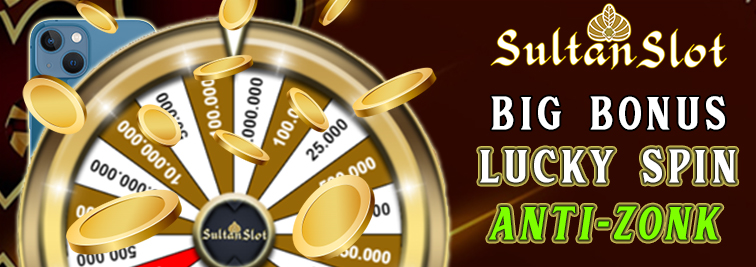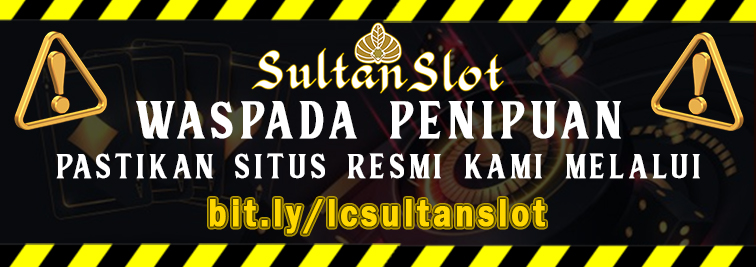SULTANSLOT: Official Link Gaming Pragmatic & PG Soft
SULTANSLOT merupakan situs gacor game online server luar negeri yang aman dimainkan dengan penawaran bonus berlimpah di situs game online sultan. Kemudahan akses game online sultanslot dikarenakan fairplay sistem server luar negeri yang didukung lembaga otoritas resmi.
Sebagai platform situs resmi terviral di Indonesia, Sultanslot juga memberikan info bocoran game winrate terbaik. Sehingga sangat cocok bagi para pemburu jackpot pemula yang ingin merasakan kemudahan meraih kemenangan petir maxwin dan sensational.













